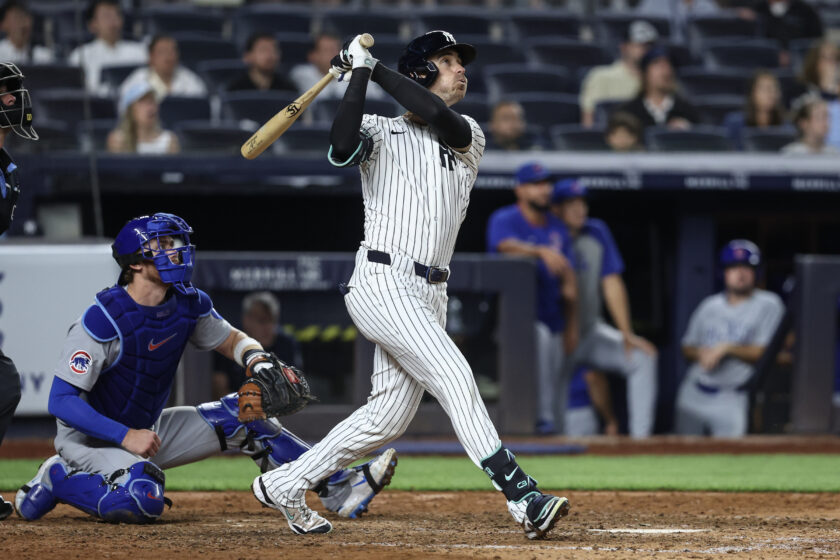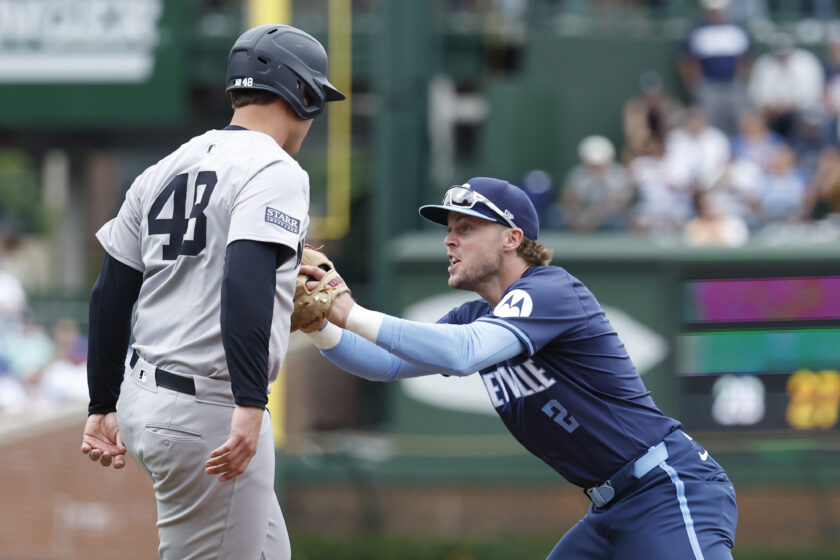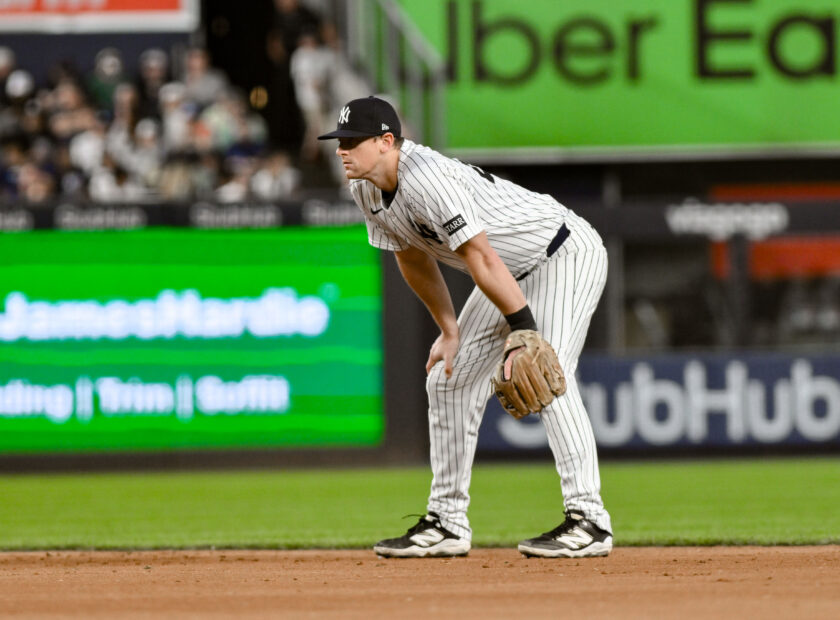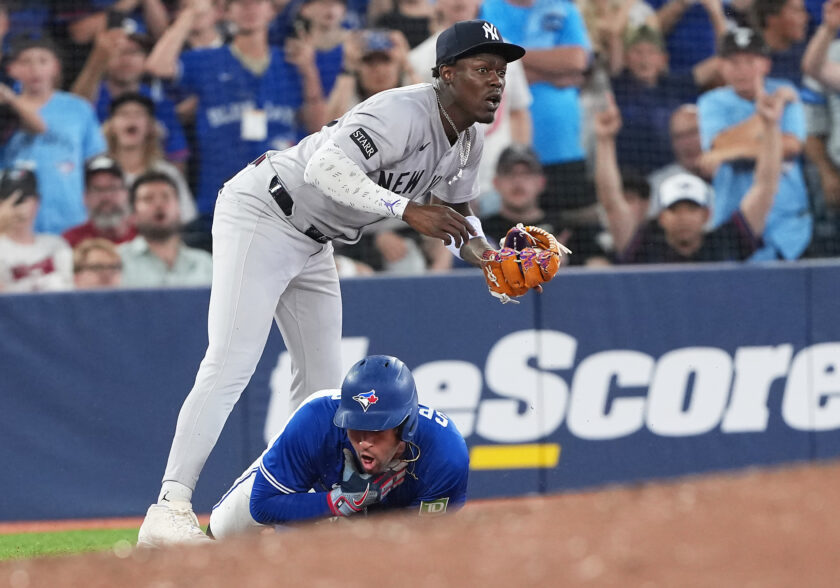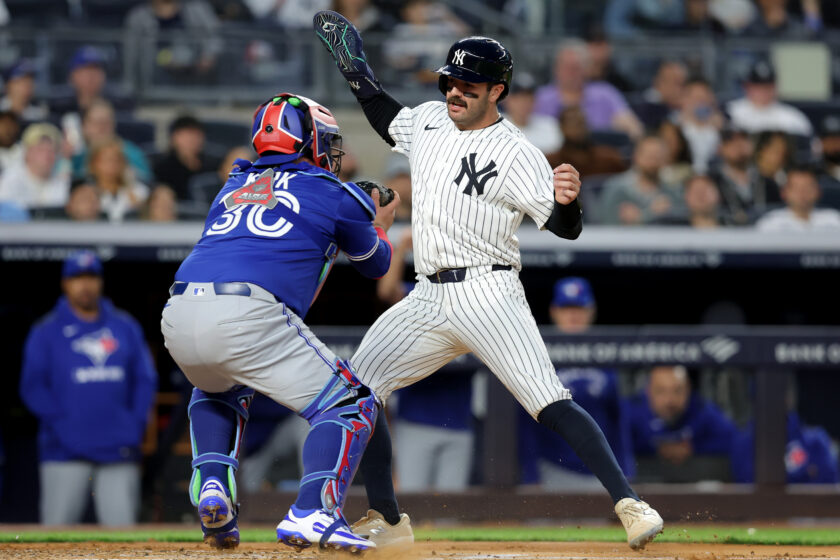The State Of The New York Yankees: Wise To Build Patiently
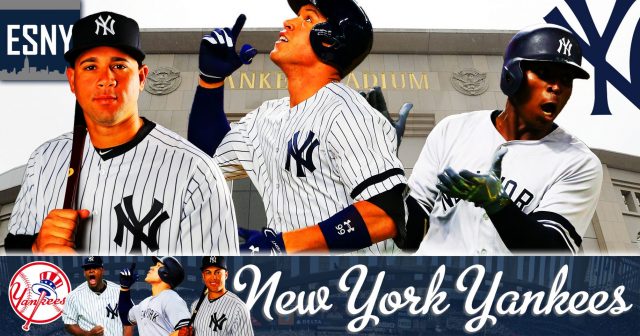
The New York Yankees enter a different period than they are accustomed to with regards to rebuilding their roster for 2016. That’s perfect.
By William Chase
 It’s Nov. 4 and the New York Yankees are in the same familiar boat as every other team around Major League Baseball. This current and familiar state involves looking to reshape the roster heading into 2016, with free agency opening up at 12:01 AM ET on Nov. 7.
It’s Nov. 4 and the New York Yankees are in the same familiar boat as every other team around Major League Baseball. This current and familiar state involves looking to reshape the roster heading into 2016, with free agency opening up at 12:01 AM ET on Nov. 7.
The Yankees will enter the 2016 season as a team coming off its first playoff appearance in three years. Through the years they’ve always been associated with the biggest names available during the free agency period. But as New York closes out a season in which they won the Wild Card, we ask ourselves this: what kind of team are they?
The Yankees are a team whose fanbase is always accustomed to winning. They have to not just make the playoffs, not just capture the AL East, but they have to win the World Series every single year. That was owner George Steinbrenner’s prerogative, and he carried out this philosophy by doing whatever it took, as The Boss did between 1973 until his death in 2010. Fans were reinvigorated by this sense of winning-urgency, George’s demanding-gusto and free agent-signing touch.
It’s safe to say the fans became spoiled, having had the pleasure of watching the great Yankees’ teams of the 1990s. Winning is literally all you know, it’s what you become accustomed to. It’s a way of life, and that notion was reinforced every year that didn’t end with a parade down the Canyon of Heroes.

We’re no longer in the era of Andy Pettitte, Mariano Rivera, Jorge Posada and Derek Jeter. The only remnants from those great 90s teams reside in the form of manager Joe Girardi, who was a player for the Yankees from 1996-1999, and Brian Cashman who took over as GM in 1998.
The Yankees of today are a team that relies more on its power bullpen as its strength than its offense that used to challenge for 1,000 runs a year.
New York will endure at least one more season from the trio of Alex Rodriguez, Mark Teixeira and CC Sabathia—Teixeira is owed $22.5 million next year and can become a free agent following the 2016 season. CC is owed $25 million and has a 2017 vesting option for $25 million that will be automatically guaranteed assuming his left shoulder holds up. Otherwise the Yankees would have the option to buy him out for $5 million.
Though the Yankees will rely on CC to have a bounce-back season in 2016, that, in itself remains a big question mark considering his recent woes.
Even if that happens, it’s hard to justify wanting to dish out another $25 million for a pitcher who is largely but a shell of his former self. In the long-term picture, the buyout is attractive when considering his injuries, struggles, news of his drinking problems and the Yankees looking to dump salary.
Either way, the Yankees will soon start to shed salary for 2017 and beyond.
So for 2016, what can we expect from a team that seems closer to AARP eligibility than the World Series?
Unlike throughout the 2000s, and with the exception of call-ups Robinson Cano or Chien-Ming Wang, the Yankees are finally starting to shy away from big contracts and utilize the kids from within their own system.
The Yankees were in first place by six games over the Baltimore Orioles and Toronto Blue Jays as of the July 31 trade deadline. The Yankees finished July 17-7 and were three games back of the Kansas City Royals for the best overall record in the American League.
Hindsight is 20/20, but those who point to the Blue Jays’ key-summer trade acquisitions of David Price and Troy Tulowitzki as the reason behind the surge for the Blue Jays en route to winning the AL East would not be wrong. Were the Yankees inactivity at the trade deadline the reason why they ended up only as a Wild Card participant?
Well, it’s not that simple.
[quote_box_right]Unlike throughout the 2000s, and with the exception of call-ups Robinson Cano or Chien-Ming Wang, the Yankees are finally starting to shy away from big contracts and utilize the kids from within their own system.[/quote_box_right]Sure, acquiring a David Price is sure to boost your playoff positioning. However what were the Yankees going to give up in that trade? Outfielder Aaron Judge, pitcher Luis Severino, and first baseman Greg Bird were among the prospects rumored in any trade. The latter two would make their MLB debuts – Bird a key fill-in during Mark Teixeira’s injury in August and Severino showed tremendous promise since his August call-up.
A trade for an elite ace does not guarantee the Yankees, these Yankees, a playoff spot, nor does it make much sense to make that trade knowing full-well Price is a free agent at the end of the season when they can sign him instead. Cole Hamels was another option and his contract runs through 2018. Again, to make that trade you are giving up a lot of good prospects.
Going into 2015 most did not know what to make of the Yankees. Were they a playoff team? Maybe, “if everything goes right” an unnamed executive was quoted as saying in an Erik Borland Newsday article last July.
Of course, as anyone around the game will tell you, it’s a lot less likely everything will go right. Sure, the Yankees might have a 90-plus win team if they stay healthy, if the lineup can score enough, if the rotation improves, if A-Rod performs well again – no one could have foreseen a 2015 stat line of .250 BA, 33 HR, 86 RBI before the season. As unlikely as that season was, what are the odds he does that again as a 41-year-old?
Mark Teixeira has not been able to stay healthy the last few seasons, first dealing with a troubling wrist, and then when finally healthy from that and in the midst of enjoying a comeback 2015 season, suffered a fluke broken shin when he fouled a pitch off himself.

Starter Michael Pineda finally put together a full season for the Bombers, and while he dazzled some days—16 strike out gem versus the Baltimore Orioles—he more often than not struggled to sustain any semblance of an ace in the hole. This was a common theme among the rotation as Iván Nova struggled coming off Tommy John surgery and of course the aforementioned CC struggles. While CC did pitch well down the stretch (1-1, 2.25 ERA in Sep.) it’s hard to get excited considering his troubling knee and now the latest issues with his alcohol rehab.
The rotation features a budding star with Luis Severino. Masahiro Tanaka was among the most consistent starters for the club, finishing 12-7 with a 3.51 ERA and Nathan Eovaldi’s reinvention of himself mid-season thanks to his suddenly filthy splitter helped him to 14 victories before going down in September with elbow inflammation.
The Yankees were good considering the age of their roster and inconsistencies out of the rotation. Don’t forget the lack of playoff experience—prior to 2015, the only man in the Yankees’ rotation with any playoff experience was Iván Nova with 8.1 innings in 2011.
Revisiting the mammoth expectations of winning in New York, the Yankees entered 2015 with the second-highest payroll in baseball behind the Los Angeles Dodgers. The recently-crowned World Series Champion Kansas City Royals finished 17th in the league, just over $112,000,000. As we’ve come to find out by now, payroll is immaterial.
Anyone can throw money around, but that money has to be spent wisely.
Teams who made the 2015 MLB playoffs, including the Pittsburgh Pirates, Houston Astros and Chicago Cubs endured losing – some longer than others – en route to supplanting a better future. No doubt the biggest acquisition the Cubs could have made was hiring Theo Epstein, who completely overhauled the farm system in Chicago. Kris Bryant, Addison Russell and Kyle Schwarber all came up and impacted the 2015 playoff race.
The Houston Astros nearly turned in a worst-to-first transformation, losing well over 100 games in 2014 before making the Wild Card and knocking out the Yankees in the playoffs just last month. The Astros feature a very good lineup who can mash the ball, while led by potential Cy Young winner Dallas Keuchel.
The Pirates have won 280 games the last three seasons, making the Wild Card game each season. A team that is young, led by MVP Andrew McCutchen and budding ace Gerrit Cole, figures to contend for the NL Central crown in the coming years with rival Chicago. All three endured losing, all three have put money into the right places and all relied on a formula centered around utilizing their farm system.
The Yankees look to be getting back to that.
If the Yankees sign free agent aces David Price, Zack Greinke – unlikely as he’ll probably re-up in Los Angeles, but bare with me for the sake of it – or any other ace aiming for a huge payday, are the Yankees really a team with a serious shot of replacing the Royals as the 2016 champ? Well of course they’re better for signing an ace pitcher.
However if there’s anything we’ve learned it’s that any team can throw money at the problem but it doesn’t guarantee success. The Yankees won the World Series in 2000 with an opening day payroll of just over $107,000,000, compared to the over $217 million payroll they rolled out opening day 2015.

It’s no secret the success of the Yankees of the mid-to-late 90s starts and ends with great defense, unselfish players, the ability to score when needed and pitch well. They had tremendous depth, as manager Joe Torre’s use of platoons was a key ingredient on the 1998 team that finished with a then AL record 114 victories and a World championship. As good as those teams were, it started and ended with the kids; those kids being Jeter, Mo, Jorge, Andy and Bernie Williams.
The official end of the 1990s-run the Yankees had put together as we knew it was that November night in 2001 in Phoenix, following the Game 7 loss in the World Series to the Arizona Diamondbacks. George Steinbrenner would subsequently open up the pocketbook to acquire the games’ biggest names including the likes of Jason Giambi, Kevin Brown, Randy Johnson, Gary Sheffield and of course A-Rod.
New York would stay competitive and were always World Series threats, but they were more and more getting away from what made them so successful.
Winning is the end-all be-all in New York. A little bit of a good thing can be a bad thing when you get so used to winning, so much so that a first-round exit in the playoffs leaves its fanbase screaming for the heads of Brian Cashman and Joe Girardi, clamoring for change just to do it.
Girardi did well with the 2015 roster he had. Cashman, a man I’ve defended more often than not, yet all-the-while making his share of scratch-your-head decisions, is largely responsible for the current-day situation of the team. Five more years of Jacoby Ellsbury who has been marginal at best since his signing, and owed over $20 million annually through 2020?
On the other hand, the Yankees have not finished below third place in the Cashman-era. How many teams in professional sports can sustain the playoff-pedigree success year in and year out for as long as the Yankees have?
New York has not had a losing record since 1992, the only team in baseball that can say that.
The Yankees are deeply invested in a number of unmovable contracts, i.e. Brian McCann, Chase Headley, A-Rod and Ellsbury. They have kids to check out in Bird at first, Refsnyder at second, and potentially Aaron Judge in right field who made it to Scranton in 2015 — Judge is six-foot-seven and has drawn comparisons to Dave Winfield, Giancarlo Stanton and Willie Stargell.
It’s really hard to know what the Yankees are going to do in this offseason, but once the Winter Meetings conclude early December in Nashville, the Yankees can come out of that feeling pretty good about themselves if Cashman is able to work a trade or sign an impact free agent that makes sense for the club on the field but more-so financially.
So as we embark on the 2016 offseason, forget what you think the Yankees are. Forget the Steinbrenner just-sign mantra, forget the albatross payroll that’s tied in more deadweight than anything symbolizing the future of this team. It’s time to give the kids a chance.
Instead of signing top free agents, look for the Yankees to attack the trade-market or sign second and third-tier free agents. Why sign David Price for $200 million if it’s only good enough to make you a first-round playoff team? It’s better to invest that money among multiple key-contributors.
While the AL East looks wide-open for 2016, it’s time to get used to this team being in transition-mode.
It’s been that way for a while. Just embrace it.
[su_button url=”https://elitesportsny.com/2015/11/03/new-york-mets-5-way-early-offseason-predictions/” target=”blank” background=”#000080″ size=”10″ wide=”yes” radius=”0″]NEXT: 5 Mets Way Too Early Offseason Predictions[/su_button]William Chase is editor at Elite Sports NY, and has been featured on such prominent websites including Bleacher Report. William is also currently the Marketing & Media Relations Intern for the Augusta GreenJackets.

